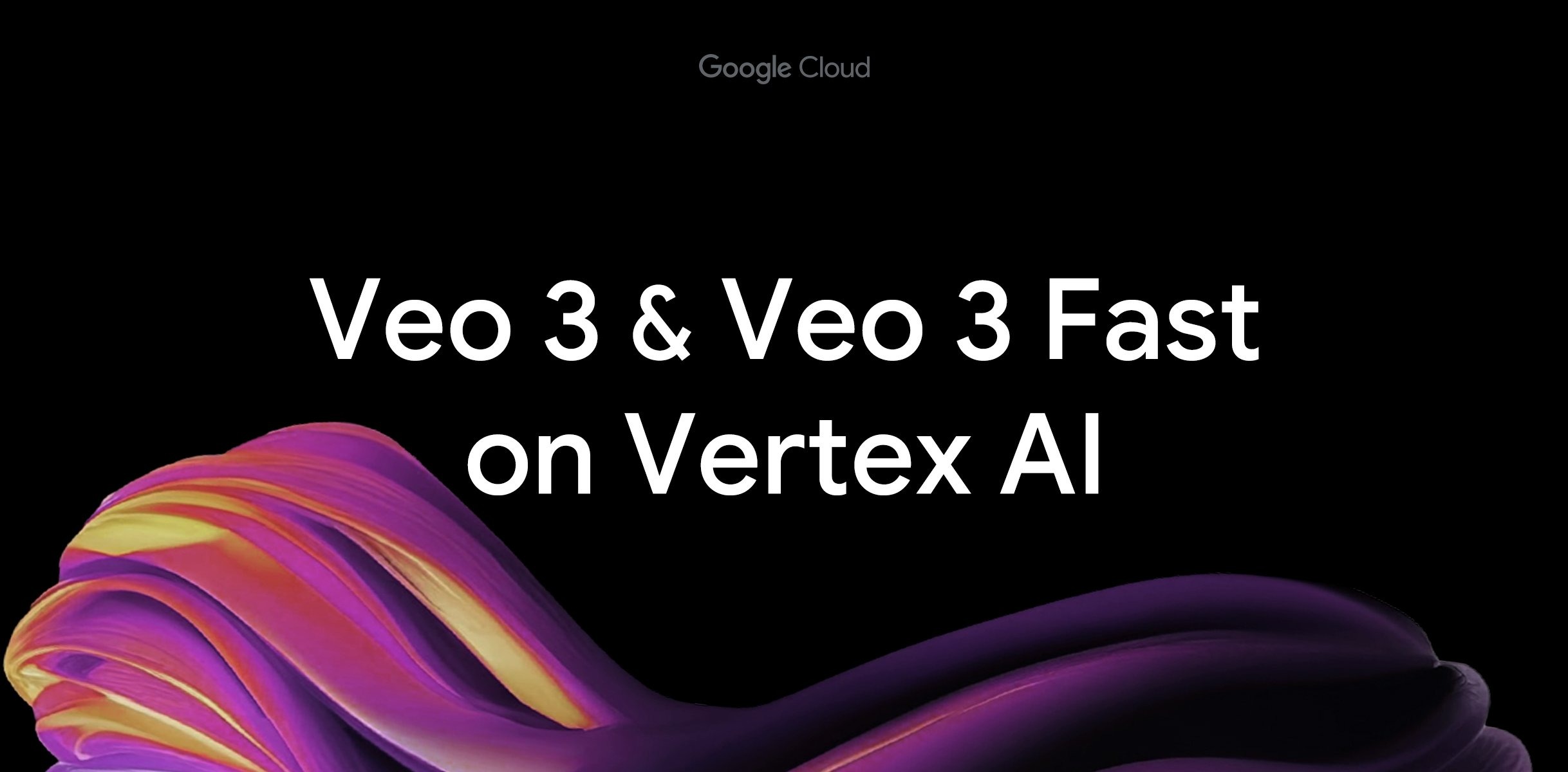Introduction: A New Era for AI-Driven Video Generation
Google has officially announced the general availability of Veo 3 and Veo 3 Fast, its latest advancements in generative video AI, on Vertex AI, its unified AI platform. These tools promise to revolutionize the way content creators, developers, and enterprises approach video generation by combining speed, scalability, and quality in one streamlined offering.
As the AI race heats up with competitors like OpenAI and Anthropic pushing the boundaries of generative content, Google’s strategic unveiling of Veo 3 and its more accessible sibling, Veo 3 Fast, marks a pivotal moment in the evolution of AI-assisted creativity and enterprise-grade AI infrastructure.
What is Veo 3?
Veo 3 is Google’s flagship text-to-video generative AI model designed to produce high-resolution, cinematic-quality videos from simple textual prompts. Building on its earlier prototypes and research initiatives, Veo 3 showcases significant improvements in motion dynamics, frame coherence, and creative storytelling.
Some of its standout features include:
- 1080p resolution video generation
- Longer clip durations (up to 60 seconds)
- Advanced prompt understanding, supporting natural language and visual style cues
- Integration with Google’s Imagen 3 image generation pipeline for enhanced visuals
- Direct deployment and scalability via Vertex AI
By enabling seamless creation of complex video sequences, Veo 3 caters to industries ranging from entertainment and marketing to education and virtual prototyping.
Introducing Veo 3 Fast: Speed Meets Accessibility
In parallel with Veo 3, Google has launched Veo 3 Fast, a lighter, faster, and more cost-efficient version of the main model. It is designed for users who need rapid iterations and budget-conscious processing without compromising on basic visual storytelling.
Key aspects of Veo 3 Fast include:
- Lower latency, ideal for fast prototyping or social media content
- Simplified compute requirements, lowering operational costs
- Sufficient visual fidelity for mainstream applications
- Best suited for short-form video tasks like ad creatives, explainer videos, and educational animations
This dual-model strategy allows developers and enterprises to balance speed, quality, and cost, choosing the best tool based on their needs.
Vertex AI: The Power Platform Behind Veo
By making both Veo 3 and Veo 3 Fast available through Vertex AI, Google strengthens its push for AI democratization and enterprise readiness.
Vertex AI, part of Google Cloud, enables seamless deployment, management, and scalability of AI models across the board. With built-in capabilities such as:
- Custom model training
- Batch prediction and streaming
- AutoML integration
- Fine-tuning tools
- Security and compliance layers
Users can confidently embed Veo into their workflows, whether for creative studios, research institutions, or large-scale enterprise content systems.
Real-World Use Cases
The availability of Veo 3 and Veo 3 Fast opens new doors for industries aiming to leverage video content generation at scale. Some use cases include:
1. Marketing and Advertising
Brands can create engaging, hyper-personalized video ads with just a brief text input, speeding up campaign rollouts and A/B testing.
2. Education and E-Learning
Educators can quickly develop visual content that enhances student engagement, such as explainer videos or animated learning modules.
3. Entertainment and Gaming
Game designers and filmmakers can produce concept visuals, storyboards, or even full-length animated prototypes with minimal human effort.
4. Corporate Training and Internal Communication
HR and training departments can automate onboarding and training videos, reducing costs and boosting consistency.
How It Compares to Competitors
With OpenAI, Runway, and Pika Labs also in the generative video space, Google’s dual offering provides a strategic differentiator:
| Feature | Veo 3 | Veo 3 Fast | Competitors (e.g., Sora by OpenAI) |
|---|---|---|---|
| Resolution | 1080p Full HD | 720p | Varies (up to 1080p in some cases) |
| Speed | Moderate | High | Generally slower in high quality |
| Cost Efficiency | Moderate | High | Depends on platform |
| Cloud Integration | Vertex AI | Vertex AI | Limited in some models |
| Customization | High (via Vertex AI) | Medium | Medium to High |
This blend of flexibility, scalability, and native cloud deployment is where Google intends to win developer and enterprise loyalty.
Industry and Developer Reactions
Early feedback from developers and businesses has been largely positive. Many highlight the ease of integration, the balance between quality and speed, and the enterprise-grade support from Google Cloud.
AI and ML experts believe this release aligns with Google’s broader vision of making multimodal AI a standard part of enterprise innovation. The presence of two model tiers is also seen as a smart play to engage both large corporations and indie creators.
Ethical and Responsible AI Considerations
With powerful generative models come greater responsibilities. Google has emphasized that Veo 3 is built with AI safety and ethical guidelines in place, including:
- Content filters to block harmful or inappropriate prompts
- Dataset transparency for training material
- Explicit content moderation layers
- Responsible AI usage frameworks for developers
Google continues to collaborate with researchers, ethicists, and regulators to ensure that these tools do not promote misinformation, deepfakes, or unethical uses.
The Road Ahead: What to Expect
With Veo 3 and Veo 3 Fast now widely available, Google is expected to:
- Expand multilingual prompt capabilities
- Improve audio-visual synthesis integration
- Offer fine-tuned models for industries like healthcare, logistics, and journalism
- Integrate Veo further into Google Workspace and YouTube Studio for content creators
This move also hints at possible competition with Adobe Firefly, Runway’s Gen-2, and OpenAI’s upcoming tools as the AI content race intensifies.
Conclusion: Google Bets Big on AI-First Creativity
The rollout of Veo 3 and Veo 3 Fast on Vertex AI is not just a product launch—it’s a strategic leap into the future of AI-powered storytelling. With a dual-pronged approach that caters to both high-end production and fast-turnaround content needs, Google is setting a new standard in generative video tools.
As enterprises seek smarter, faster, and more affordable content creation tools, Google’s offering may very well become the default choice for those building the next generation of visual experiences. It’s no longer a question of if generative AI will transform video—it’s now about how quickly and powerfully it will.






Expert-level service, maintains highest standards. Expert-level satisfaction. Expert recognition.